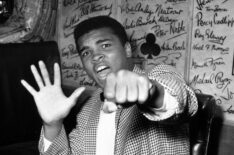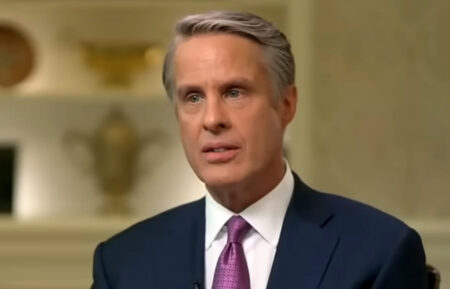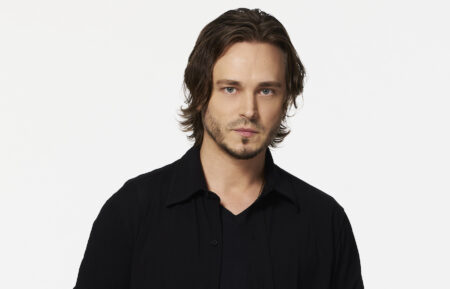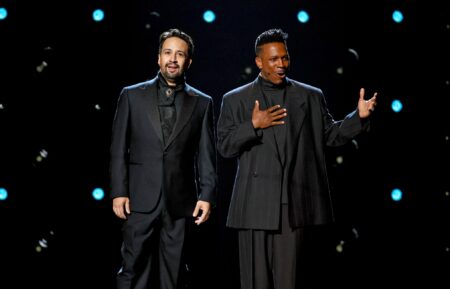What’s at Stake for PBS Viewers? Budget Cuts Could Harm More Than Big Bird and Elmo
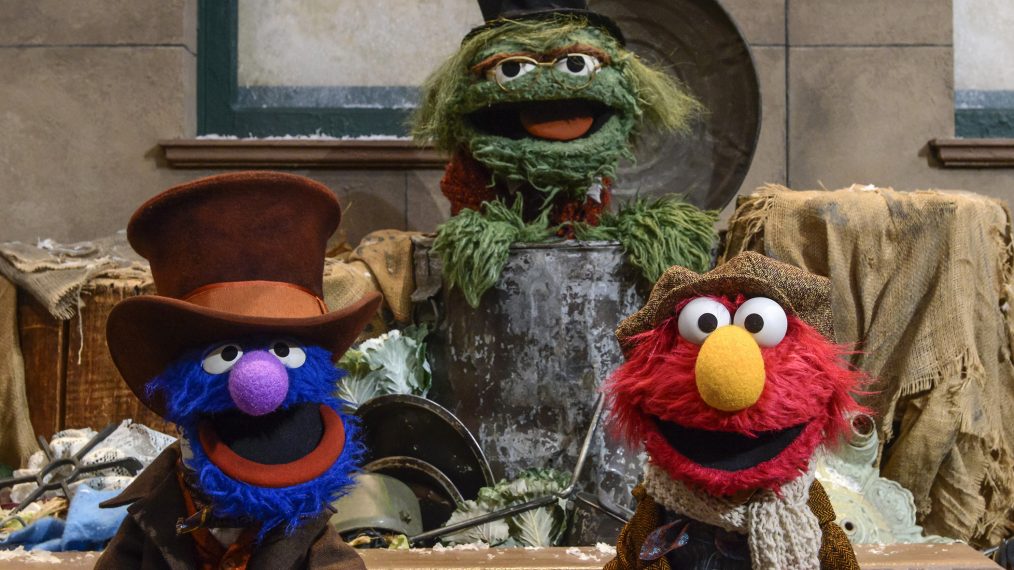
You’ve likely seen the viral YouTube video of Elmo getting fired. The parody clip was posted March 17, a day after the White House released an outline of proposed federal funding cuts signaling the Trump administration’s 2018 budgetary priorities. The cuts include the elimination of federal funding for the Corporation for Public Broadcasting, which funds PBS. In the clip, Elmo learns that he’s being laid off from the gig he’s had on PBS’s Sesame Street since the mid-’80s.
“I got calls from people saying, ‘I’ve seen this film you produced!’” says PBS President Paula Kerger. “And I knew we hadn’t produced anything. That [someone] would create a viral video like that speaks volumes about the fact that people care about public media.”
Reaction to the proposed cuts has been swift, with celebrities and private citizens voicing their outrage on Twitter under hashtags like #JusticeforBigBird. “It seems insane to have to defend the arts, but here we are,” tweeted Beauty and the Beast’s Josh Gad. Christina Applegate noted that her daughter was allowed to watch only PBS’s kids shows, while comedian Billy Eichner posted photos of Big Bird with Michelle Obama from the former first lady’s 2015 guest appearance on Billy on the Street.
This isn’t the first time public television has been targeted. Republicans have attempted to defund the CPB since the Nixon administration. Kerger chalks this up to the perception that public television programming tends to skew left. “I hear from people from time to time who think there is some bias,” she says. “I don’t see it. We have an ombudsman who looks at these issues and we look at viewer comments.”
Others, like political commentator John R. Lott, argue that commercial TV makes up for what could be lost if public television were to disappear. “With more than 900 cable networks in 2014,” Lott wrote in a March 23 New York Daily News op-ed, “it is hard to argue that there is an unmet need for broadcasting.”
“I would guess that those who make that case haven’t looked carefully at their cable bill,” Kerger says. “There are people who cannot afford cable.”
She hastens to point out that there is bipartisan support for funding public media, citing recent polling data indicating that 62 percent of Republican voters oppose eliminating CPB funding. Congressman Tom Cole (R-OK) has spoken publicly about the importance of public broadcasting, and in an April 5 op-ed in The New York Times, retired U.S. Army General Stanley McChrystal argued that the educational service PBS provides actually makes the country safer.
According to Kerger, if the cuts become a reality, PBS stations in smaller communities would be most threatened. These stations rely on federal funding for as much as 30 to 50 percent of their budgets—and up to 60 percent in Alaska—with the remainder coming from pledge drives and other charitable donations. There are 86 stations in rural areas that are particularly vulnerable, Kerger adds. “If the funding goes, those stations run the risk of going under.”

PBS’s Why Trains Crash
But even stations less dependent on federal dollars would see reductions in certain types of programming. “If I was running a commercial station, I would look very carefully at what’s got the highest ratings, and that’s where I would concentrate my money,” Kerger says. “For us, it’s not so simple. Often the programs that have lower audiences are the ones that are profoundly important to the people we’re reaching.”
Through its partnerships with the BBC and ITV, PBS is able to leverage its investment in shows like Sherlock and Call the Midwife. The same is true of Sesame Street’s recent deal with HBO. If federal funding goes, however, viewers may see fewer new episodes of those popular shows, with PBS choosing to put its remaining dollars toward arts programming like its Great Performances series and films on Independent Lens.

Emerald Fennell and Rachel Denning in Call the Midwife
So what is lost if some stations go dark? Ron Simon, curator of television and radio at the Paley Center for Media, says it’s the ethos of public service that is part of the network’s identity, informing and educating through Frontline’s current-events documentaries, Nova and Nature’s science- and wildlife-centered programs and the artistic biographies featured on American Masters. And, of course, access to Sesame Street for every child, regardless of whether their family can afford HBO. “You talk about the American hearth that television provided; certainly PBS did that from the very beginning,” says Simon. “If there’s a common language or memory [in American life], it begins with Sesame Street.”
“The contributions that we make toward understanding our past and the history series that we bring forward are important, both to understand who we are as a country as well as what we aspire to be,” Kerger says. “The cuts that are being proposed would have an absolute impact on our ability to deliver on that.”
From TV Guide Magazine
'America's Got Talent': Simon Cowell Teases Big Changes in Season 20 as Mel B. Returns
The show’s judges and host preview the landmark season and reflect on how they’re keeping it fresh. Read the story now on TV Insider.

